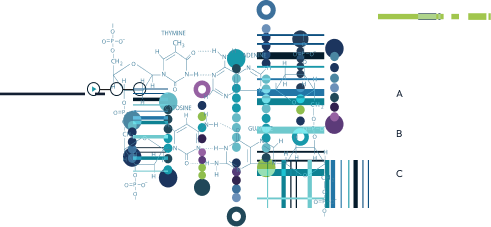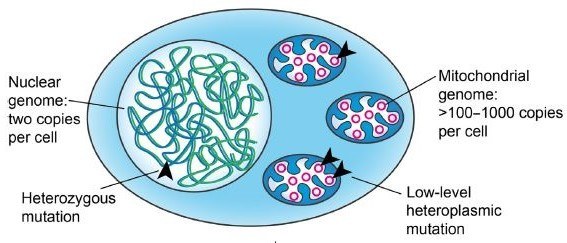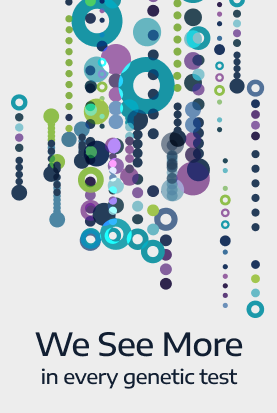News Center

Is WGS-based testing relevant for patients with suspected mitochondrial disease?
- By Variantyx, Inc
- Posted in Clinical Education
In short, yes!
But let’s take a step back and start with what mitochondrial disease is.
Mitochondria – the energy factories of our cells
We have to start with mitochondria, which are small organelles within the cells of our body. They’re often thought of as the energy factories of our bodies. These little power houses take substances from the foods we eat and convert them into energy that can then be used to perform all the complex tasks that we expect of our bodies.
Mitochondria are found in many copies in many of the cells of our bodies. They’re found in brain cells, nerve cells, muscle cells. Cells of the heart, kidney, liver, pancreas and many other organs.
When mitochondria are unable to work normally, the effects can be wide ranging. Patient symptoms can range from mild to severe. An affected individual may experience muscle weakness. They may experience neurological problems that manifest as seizures or abnormal movement. Heart, liver, kidney and other diseases may make an appearance. Children may exhibit poor growth or developmental delays.
Mitochondrial disorders are complex to pin down
You’re probably getting the sense that mitochondrial disorders are complex to pin down as they can masquerade as many different types of issues.
This type of situation is where whole genome sequencing (WGS)-based testing really excels. Instead of focusing on limited regions of DNA, this type of testing sequences a patient’s entire DNA. It covers all 23 pairs of chromosomes and their ~20,000 genes within the nuclear genome, as well as the entire mitochondrial genome – a separate ring of DNA that is exclusively inherited from our mother. If there’s a DNA change that affects mitochondrial function, it’s going to show up in the nuclear or mitochondrial DNA sequence.
WGS-based testing provides unique benefits
WGS-based testing has a significant advantage over other genetic testing methods. The investigation of DNA changes can start as narrow or as broad as the clinician feels is relevant given the patient’s symptoms. Computational filters control which genes are considered in the analysis. The analysis can be as narrow as looking at the DNA changes in a single gene all the way up to looking at the DNA changes in all genes.
A clinician can order testing of a list of genes that matches with the suspected condition(s). If no relevant DNA change is found in those genes, the analysis can be immediately expanded to consider other potentially relevant genes. No additional sample needs to be collected from the patient. The entire DNA sequence is already available – it just requires an adjustment of the computational filters.
Three different testing options
Variantyx provides three testing options for patients with a suspected mitochondrial disorder, or with complex symptoms that can’t be clearly matched to a specific disorder:
- Custom analysis: This option allows the clinician to order testing of genes that align with their best hypothesis for the root cause of the patient’s symptoms
- Mitochondrial analysis: This option allows the clinician to order testing that takes a broader look at >300 nuclear genes that contribute to mitochondrial function as well as the complete mitochondrial genome
- Exome or genome analysis: This option allows the clinician to order testing that looks broadly at all genes
Because the patient’s entire DNA is sequenced as part of each test, it’s straightforward to progressively move from a more targeted to a broader analysis.
Interested to learn more?
Further reading
For deeper reading on the topic mitochondrial disease and the role genome-based testing plays in its diagnosis, take a look at the recent review by Katherine Schon et al published in Nature Genetics:

Resources for patients with mitochondrial disease
United Mitochondrial Disease Foundation
